In the past, you might have worn the same trusty sneakers for all kinds of activities, whether running or playing tennis. But things have evolved. Nowadays, there’s a right shoe designed for nearly every sport or workout. If you engage in a particular activity more than twice a week, opting for a shoe tailored to that exercise is wise. Doing so can protect you from injuries and enhance your performance.
Running Shoes
Ready for a jog? When you hit the pavement, it’s crucial to have shoes with ample cushioning to absorb the impact. Running shoes are specifically crafted for forward motion and protect both the front and heel of your foot. Investing in a quality pair can help you avoid issues like shin splints, stress fractures, tendinitis, and more.
Minimalist Shoes
If you desire the sensation of running barefoot, minimalist shoes, such as the “five-finger” style, might interest you. These shoes are lightweight and flexible, offering minimal cushioning. However, it’s still debated whether they are superior or inferior to other types of shoes in terms of injury prevention. Some research indicates that runners wearing minimalist shoes experienced more pain and injuries, with heavier individuals facing a higher risk.
Walking Shoes
For walkers, a lightweight shoe is the way to go. To reduce discomfort and tenderness, look for shoes with added shock absorption in the heel and ball of the foot. Some walking shoes feature a slightly curved sole or a “rocker” bottom, which aids in smoother weight transfer from heel to toe. Unlike running shoes that allow toe bending, walking shoes are sturdier in the front, enabling you to roll off your toes as you walk.
Soccer Cleats
Soccer cleats have stiffer soles compared to lacrosse shoes. They feature a center-toe cleat for rapid starts at the line of scrimmage. Look for shoes designed for specific football positions. Linemen may prefer high-top shoes for ankle support, while running backs or wide receivers may opt for low-cut shoes for agility.
Baseball and Softball Cleats
Baseball and softball cleats are longer and narrower than many other athletic shoes. They may have metal-toe cleats instead of molded plastic. These cleats provide arch support to prevent discomfort, a common issue for catchers.
Golf Shoes
Golf shoes impress at the country club and enhance your game and safety on the course. Short cleats on the soles help stabilize your feet during swings, reducing the risk of slipping. These shoes offer stability while walking between holes or navigating sand traps.
Hiking Boots
Choose hiking shoes or boots that match your hiking plans:
- Lightweight options are suitable for well-maintained trails or short hikes.
- Midweight boots are ideal for rocky terrain and uneven surfaces.
- Heavyweight boots are designed for backpackers carrying over 35 pounds and tackling icy, snowy, or rocky terrain.
Cycling Shoes
Select cycling shoes based on your cycling type:
- Mountain and recreational cycling shoes have sunken cleats and flexible soles, allowing comfortable walking.
- Competitive or performance cycling shoes feature a stiff sole with external cleats, enhancing energy transfer to the pedal. Some styles balance casual and performance, suitable for indoor cycling classes.


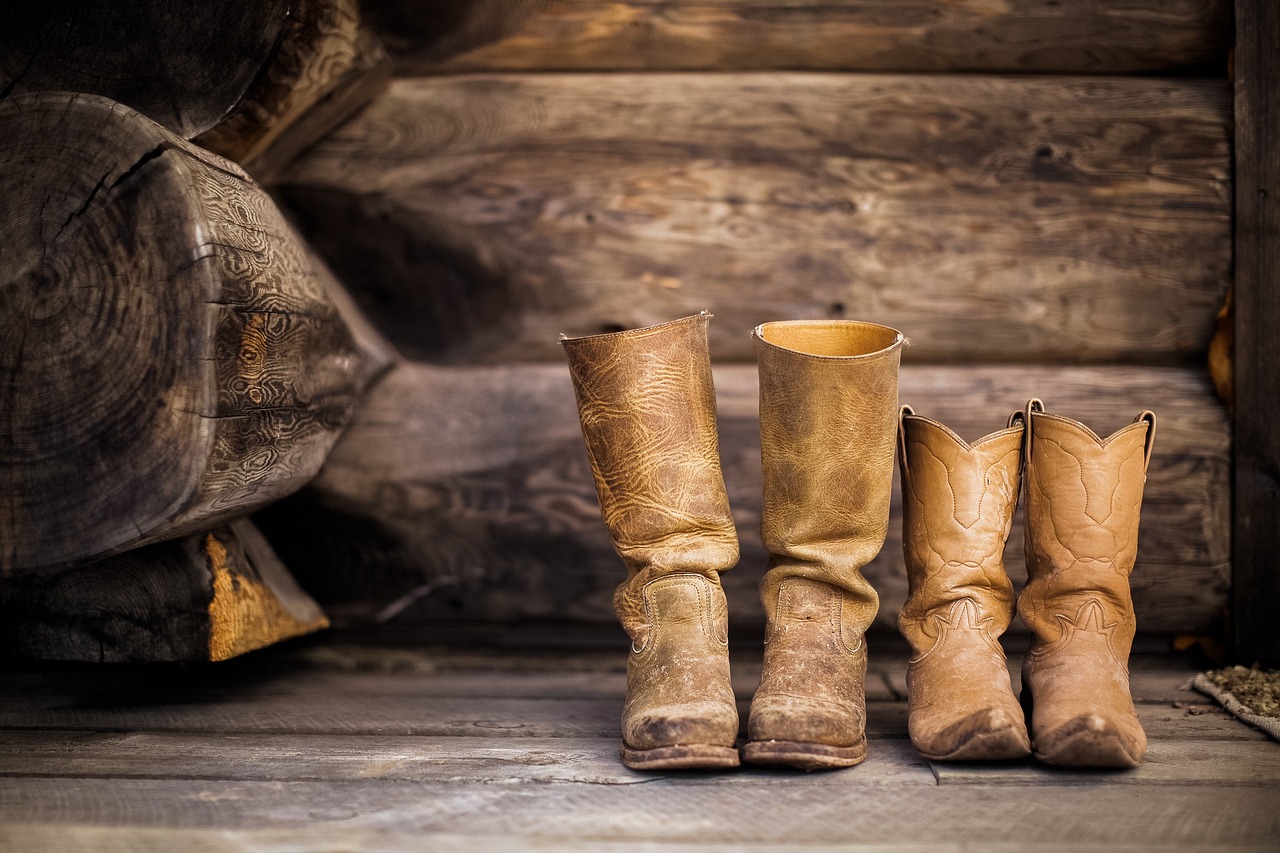
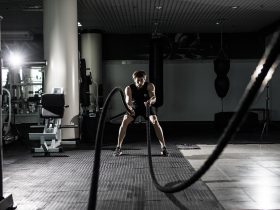








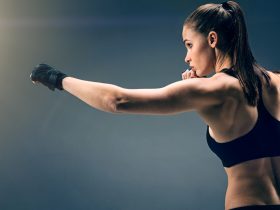
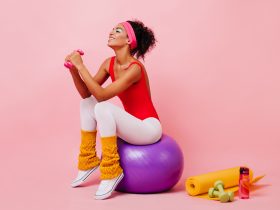
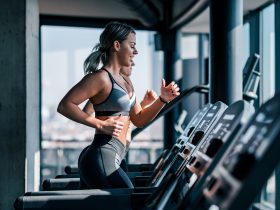

Find Us on Socials